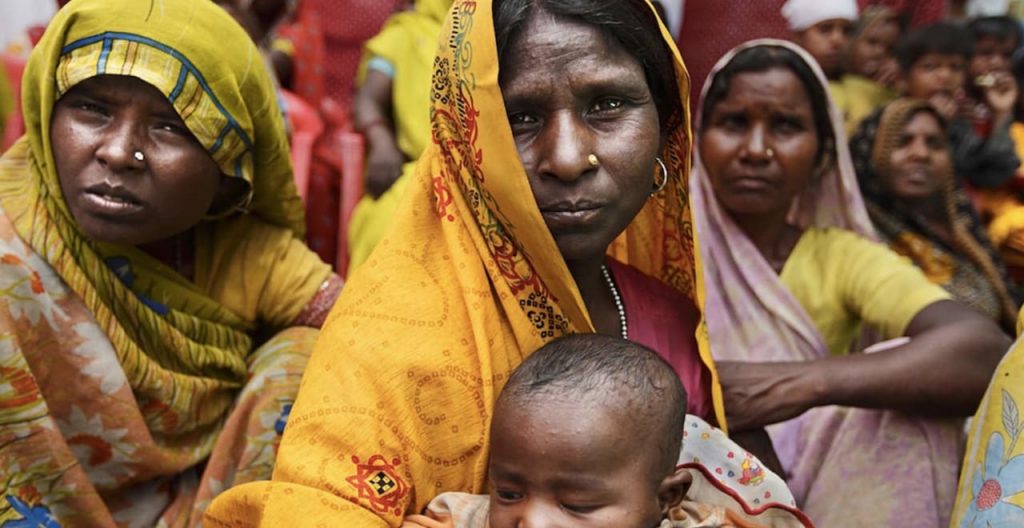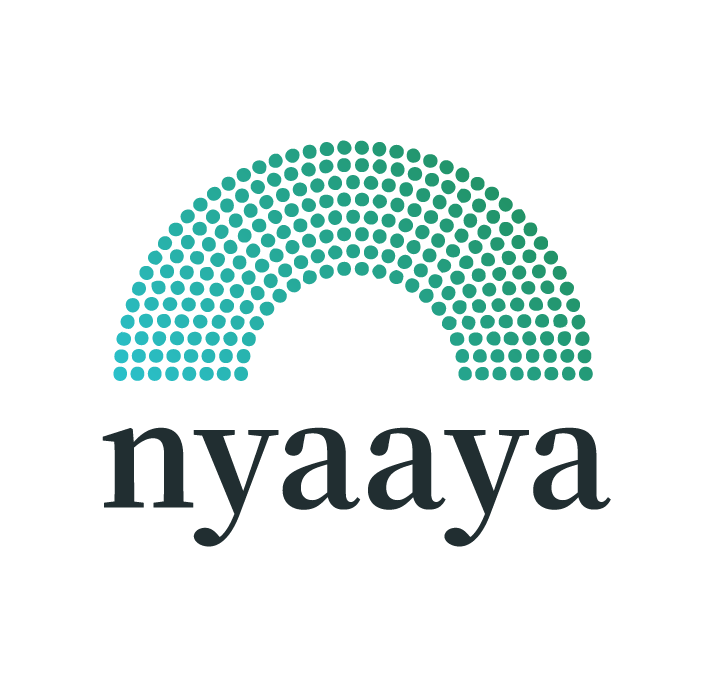By Aryan Mohindroo


India is witness to a highly diverse tribal population. Each tribe has its own character and nature, consequently requiring a different treatment. For example, the life and circumstances of indigenous people in central India or western India are in contrast with the condition of tribes in northeast India and the Andamans.
It has been found that the post-Independence Indian administration has treated its tribal population fairly well.1 There are more than 100 million tribals in India who span across 18 states in the country. While tribal groups in some states constitute the majority (e.g. North-Eastern states), tribal groups are present in other states in smaller zones called Scheduled Areas and Tribal Areas. India has significant checks and balances pertaining to treatment of the tribal population, enforced by way of legislations, central and state.
Protection under law for Indigenous Groups
The Constitution of India seeks to protect tribal interests, especially their autonomy and rights over their land.2 It provides a comprehensive scheme with directions to protect the indigenous groups from exploitation and to secure their rights over their land. Most of the indigenous groups in India are collectively referred to as Scheduled Tribes3 and are guaranteed a right to self-determination under the Indian Constitution.4
According to the 2011 census, Scheduled Tribes in India constitute close to 8.6% of India’s population.5 Many members of the Scheduled Tribes in India are directly dependent on forests for their subsistence. After years of struggle, discrimination and torment, the Government of India codified the primary rights of forest dwelling tribes by way of the Scheduled Tribes and Other Traditional Forest Dwellers (Recognition of Forest Rights) Act in 2006 (Forest Rights Act).
The Scheduled Tribes in India have been amongst the most marginalised and deprived population. To protect and conserve the land rights of Scheduled Tribes in India, numerous rights have been vested in them by way of this new law.
Land Rights of indigenous people in India
The rights provided to tribals under the Forest Rights Act seek to secure individual and community ownership on landholding, exploitation and habitation in forests by indigenous people in India. These rights are vested in forest dwelling Scheduled Tribes and other traditional forest dwellers who have been inhabitants of these lands for generations and who were not vested with such rights in the past.
What is a forest dwelling Scheduled Tribe and Other Traditional Forest Dwellers?
Under the Indian law, a forest dwelling Scheduled Tribe means the members of a community of Tribes which are listed as Scheduled Tribes in an area under the Indian law. Furthermore, Other Traditional Forest Dwellers are also entitled to claim rights under the Forest Rights Act. Other Traditional Forest Dwellers include members or communities who have resided in forest land for three generations (75 years) prior to 13-12-2005 and who depend on the forest land for their livelihood needs.6 The evidence for establishing such a claim by Other Traditional Forest Dwellers include public documents like Census, surveys, maps, management plans etc., the government authorised identity documents, judicial and quasi-judicial records, physical attributes like house and huts, statement of elders, etc.7 Any two of this evidence may be produced to establish the claim.
Rights of forest dwelling Scheduled Tribes and Other Traditional Forest Dwellers8
Use of Land
Numerous rights are vested in indigenous people, essentially pertaining to occupation and use of their land. The Scheduled Tribes and Other Traditional Dwellers are entitled to hold and live on the forest land, under its individual or common possession for habitation. Any member of a Scheduled Tribe or that of Other Traditional Forest Dwellers is also entitled to use the land for self-cultivation for their livelihood.
Community Rights
Traditional forest dwellers are entitled to enforcing their community rights, like nistar or whichever name such community rights may be proclaimed including the ones used in Princely States, Zamindari and similar regimes.
Ownership over some forest produce
The forest dwellers also have a right of ownership over minor forest produce, which has been traditionally collected within and outside the tribal village. This right extends to access to collect, use and dispose of such produce. Minor forest produce, in such cases, includes non-timber forest produce originating from plants, like bamboo, brushwood, honey, wax, leaved, medicinal plants and herbs, roots etc.
Community Rights
Dwellers are also entitled to other community rights which entail use of fish and other products of water bodies as well as access to traditional seasonal resources of pastoral communities. Rights for indigenous people extend to their community tenures of habitat as well as to conversion of pattas or leases or grants by a local authority or a State Government.
Furthermore, where an area of a piece of land or a village is not included under Forest Rights Act, the law entitles Scheduled Tribes and Other Traditional Forest Dwellers to settlement and conversion of all forest villages into revenue villages for the purpose of administrative records. For tribes and forest dwellers who may have been protecting and conserving any community forest resource for any reasons, the indigenous groups have the right to protect, regenerate or conserve any such forest resources.
Rights over Biodiversity
The tribes are also entitled to rights over access to biodiversity or intellectual property as a community or traditional knowledge rights related to a biodiversity or a cultural diversity.
Other rights not specifically listed in law
When any of the rights listed in the law do not cover the diverse needs of tribal groups, they may enjoy any traditional right customarily enjoyed by them, except the traditional right of hunting or trapping a wild animal, or extracting a part of their body.
Rehabilitation in case of displacement
Moreover, in case where Scheduled Tribes or other traditional forest dwellers have been illegally displaces from their forest land without receiving any legal relief prior to 13-12-2005, such tribals shall be entitled to rehabilitation, including provision of alternative lands.
As per the law, all the rights listed are meant for both, individual, and community. Consequently, such rights may be given by the government to an individual, a group or a Gram Sabha. Additionally, the Central Government may provide for occupation for certain forest land for construction of schools, dispensaries, hospitals, anganwadis, fair price shops, telecommunication lines, water bodies, canals, roads, vocational training centres, etc.
The rights provided under the law are subject to certain conditions. Any rights as provided in law are vested in respect of only those dwellers who had occupied a certain forest land before 13-12-2005. This right, when conferred shall be heritable by generations of tribal communities, however, such rights absolutely persist with you and cannot be enforced for the benefit of someone else.
In case you have applied for recognition of your right, you cannot be forcefully evicted or removed from your land, until the recognition or verification procedure is completed. Indegenous people who are holders of such rights have a duty to protect the wildlife, forest and biodiversity of such areas and ensure that the nearby areas and water sources are protected adequately. They should also protect their habitat from any destructive practices which may have a bearing on their cultural and natural heritage.9
Responsibilities of the Gram Sabha
The Gram Sabha is vested with the responsibility to enforce the process involving determination of the scope of individual or community forest rights within the local limits of its jurisdiction. For filing a claim of forest rights, the claims may be called by the Gram Sabha and accepted by a Forest Rights Committee, duly filled in the form as provided here (see annexure I). The process involves the Gram Sabha receiving claims, consolidating them and verifying the claims and mapping them on the geographical boundaries of their jurisdiction. Upon such verification, the Gram Sabha may pass a resolution to the effect of such claims and may forward a copy of it to the Sub-Divisional Level Committee formed for overseeing the enforcement of the Forest Rights Law. This process needs to be carried out within three months, and upon a failure to do so, reasons should be provided by the Gram Sabha in writing.10 Any person aggrieved by the decision of the Gram Sabha may file a petition before the Sub-Divisional Level Committee formed by the State Government. Appeals from the committee may be filed before the District Level Committee and from there, to the state level committee.11
Conclusion
Rights for the Scheduled Tribes and other indigenous groups are not limited to their land rights and extend to other constitutional guarantees like that of reservation, prevention of discrimination and atrocities, etc. However, forest dwelling tribals were substantially exploited in post-independence India, and their cause has often been overlooked due to their lack of association with modern day society. Consequently, it was crucial to provide such tribes with additional protection to sustain their lives in their habitat and without the risk of facing exploitation by the administration or private individuals. The Forest Rights Act serves as a crucial measure to keep checks and balances on treatment of such groups and to secure their entitlement over their land and the resources therein. The Act is administered by Gram Sabha on the village level, thereby ensuring a smooth and accessible protection regime for their day-to-day sustenance and livelihood.
Aryan Mohindroo is a student at NUJS, Kolkata and a member of Kautilya Society, an initiative of Vidhi Centre for Legal Policy. Views are personal.
- https://www.downtoearth.org.in/news/environment/tribal-rights-in-india-are-a-grey-picture-experts-62230[↩]
- Schedule 5 & 6 of the Indian Constitution[↩]
- Article 342 (1&2), Indian Constitution[↩]
- Part X, Indian Constitution[↩]
- https://theleaflet.in/the-invisible-dwellers-analysing-forest-rights-of-tribals-over-the-years/; https://tribal.nic.in/ST/Tribal%20Profile.pdf[↩]
- https://tribal.nic.in/FRA/data/FAQ.pdf[↩]
- Rule 13, FRA Rules[↩]
- Section 3, Forest Rights Act[↩]
- Section 21, Forest Rights Act[↩]
- Rule 11(1)(a) FRA Rules[↩]
- Section 6, Forest Rights Act[↩]


